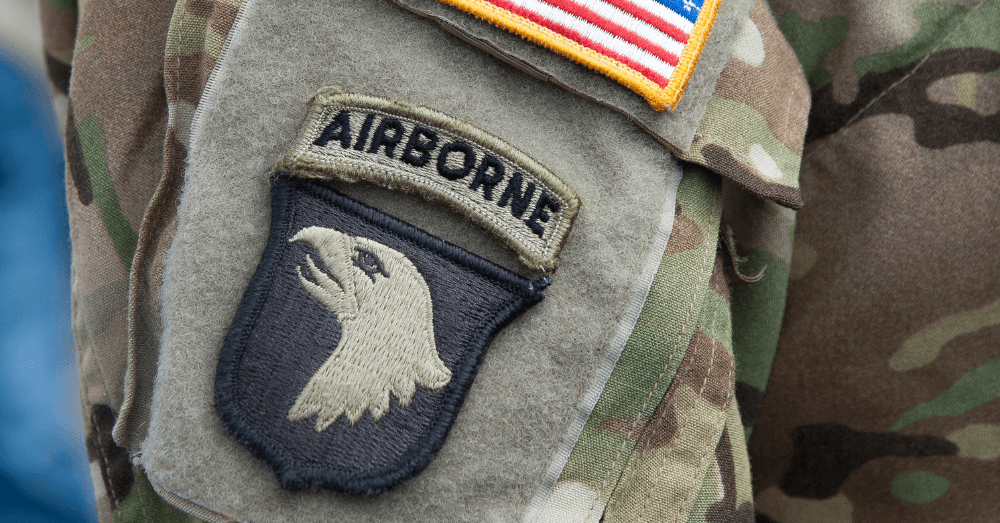
You walk into an aircraft hangar and your jaw drops. Maybe it’s the Space Shuttle Discovery hanging overhead like a sleeping giant, or the sleek black silhouette of an SR-71 Blackbird that could outrun any missile ever fired at it. These moments of pure amazement separate good aviation museums from legendary ones. After examining three of America’s most impressive airborne collections, here’s how they stack up when it comes to delivering those spine-tingling “whoa” moments that stick with you long after you’ve gone home.
- Size matters: The biggest hangars house the most jaw-dropping aircraft, from presidential jets to experimental supersonic bombers
- Rarity wins: One-of-a-kind prototypes and historically significant aircraft create the strongest emotional impact
- Presentation counts: How museums display their treasures can make or break that magical first impression
Third Place: Pima Air & Space Museum, Tucson
Picture this: 400 aircraft scattered across 80 acres of Arizona desert, baking under the relentless sun like a metallic graveyard of aviation history. The Pima Air & Space Museum wins points for sheer volume and the unique experience of seeing aircraft in their raw, weathered state.
Walking through Pima feels like exploring an aircraft boneyard where each plane tells a story of service and sacrifice. The museum’s crown jewel sits in the main hangar, an SR-71A Blackbird that once soared at Mach 3.3, its titanium skin heating to 900 degrees while pilots warmed their lunch against the cockpit windows. Standing next to this marvel generates a genuine “whoa” moment, especially when you learn it could outrun any missile fired at it.
The outdoor displays offer something you won’t find elsewhere: the chance to see how desert conditions affect different aircraft materials over decades. From tiny prop planes to massive B-29 Superfortresses, each aircraft sits exposed to the elements, creating an almost post-apocalyptic atmosphere that’s both haunting and beautiful.
But here’s where Pima loses points in the whoa factor ranking: the Arizona sun can be brutal, making summer visits genuinely uncomfortable. Many aircraft sit deteriorating in the heat, and while that creates authenticity, it doesn’t deliver the pristine presentation that maximizes impact. The museum excels at breadth over depth; you’ll see more aircraft here than almost anywhere else, but few are displayed in ways that make your heart skip a beat.
Second Place: National Museum of the U.S. Air Force, Dayton, OH
The moment you step into the National Museum of the U.S. Air Force in Dayton, OH, you realize you’re entering aviation heaven. This place doesn’t house aircraft; it preserves flying legends in four massive, climate-controlled hangars spanning over a million square feet.
The museum’s whoa factor starts immediately with the sheer scale. Where else can you walk underneath a massive B-36 Peacemaker, one of only four surviving examples of this Cold War giant? The aircraft hangs overhead like a metallic whale, its six pusher engines and four turbojets creating an almost threatening presence that dominated the skies during the nuclear standoff with Russia.
But the real jaw-droppers live in the fourth hangar, opened in 2016. Here you’ll find the only surviving North American XB-70 Valkyrie, a delta-winged experimental bomber that looks like it flew straight out of science fiction. This Mach 3 monster was designed to deliver nuclear weapons at three times the speed of sound, and seeing it in person feels like encountering technology from another planet.
The presidential aircraft collection delivers history lessons that hit you in the gut. You can actually walk through SAM 26000, the Boeing VC-137C that carried President Kennedy to Dallas and brought his body home after the assassination. Standing in the same cabin where Lyndon Johnson took the oath of office while Jackie Kennedy stood beside him in her blood-stained pink suit creates a connection to history that’s almost overwhelming.
What pushes Dayton ahead of Pima is the pristine condition of everything on display. These aren’t weather-beaten relics, they’re meticulously restored time machines that transport you back to pivotal moments in American history. The Memphis Belle sits gleaming like it returned from a bombing mission over Germany, while the Apollo 15 Command Module reminds you that humans actually traveled to the moon and back in that tiny capsule.
First Place: Steven F. Udvar-Hazy Center, Virginia
The Steven F. Udvar-Hazy Center near Washington Dulles Airport takes the crown for pure whoa factor, and it’s not even close. This 760,000-square-foot facility houses the aircraft and spacecraft too massive for the famous National Mall location, and the result is a collection that defies belief.
The moment you enter the Boeing Aviation Hangar, your eyes immediately lock onto the Lockheed SR-71 Blackbird positioned front and center. Unlike Pima’s outdoor display, this pristine example sits in perfect lighting that accentuates every curve of its alien-like design. But that’s the appetizer.
Turn toward the space hangar and prepare to have your mind blown. Space Shuttle Discovery dominates the room like a sleeping dragon, suspended at the perfect angle to showcase its massive cargo bay and heat-scarred thermal tiles. This isn’t a replica or test vehicle; this is the actual orbiter that flew 39 missions, spent 365 days in space, and orbited Earth 5,830 times. Standing beneath Discovery creates a visceral connection to humanity’s greatest adventure that no other museum can match.
The supporting cast reads like a greatest hits album of aviation history. The Enola Gay, the B-29 Superfortress that dropped the atomic bomb on Hiroshima, sits in somber dignity. A British Airways Concorde reminds you that supersonic passenger travel was once a reality. The massive hangar space allows each aircraft to breathe, creating sight lines that photographers dream about and visitors never forget.
What clinches the top spot is how Udvar-Hazy presents these treasures. Everything is spotlit like museum pieces, which they are. The aircraft doesn’t sit there; it commands attention. The restoration hangar with viewing windows lets you watch conservators working on priceless artifacts, adding another layer of authenticity to the experience.
The observation tower provides a 360-degree view of the surrounding area, including active runways at Dulles, where modern aircraft take off and land. This connection between aviation’s past and present creates a full-circle experience that leaves visitors both humbled and inspired.
Bottom Line
Each museum delivers whoa moments in its own way. Pima offers the raw, desert-weathered authenticity of aircraft that have served their time. Dayton provides the most detailed collection with perfect restoration and climate control. But Udvar-Hazy combines the best of both worlds: pristine presentation of the most historically significant aircraft and spacecraft ever built, displayed in a setting that maximizes their emotional impact.
If you can only visit one, make it Udvar-Hazy. Standing beneath Discovery while gazing across at the SR-71 Blackbird creates a whoa factor that’s unmatched anywhere else on Earth. These machines didn’t make history; they changed what humans thought was possible. And seeing them in person reminds you that sometimes, reality is more incredible than any fiction.
This post may contain affiliate links, meaning we may earn a commission if you make a purchase. There is no extra cost to you. We only promote products we believe in.






